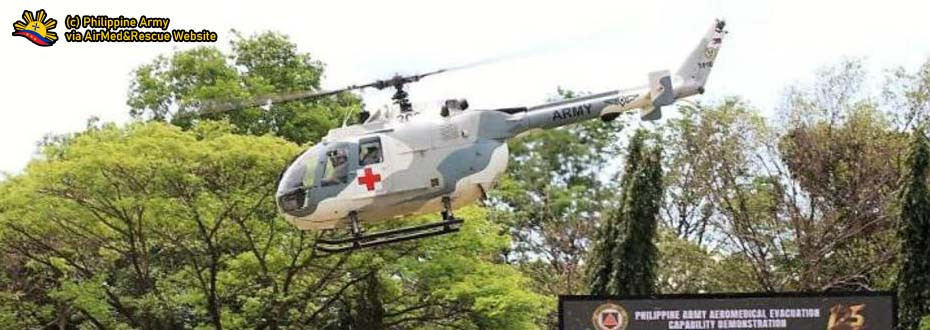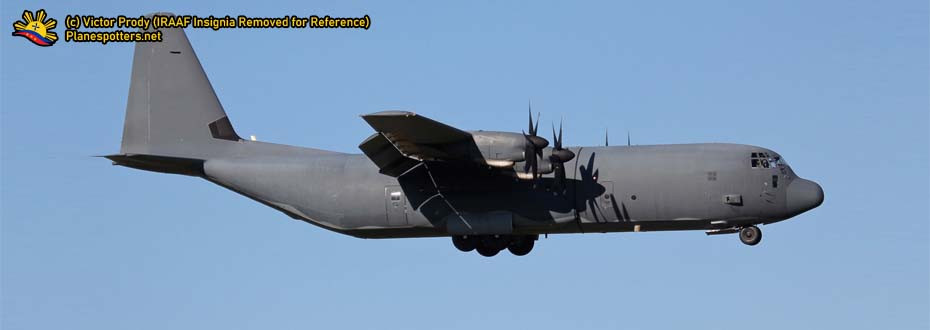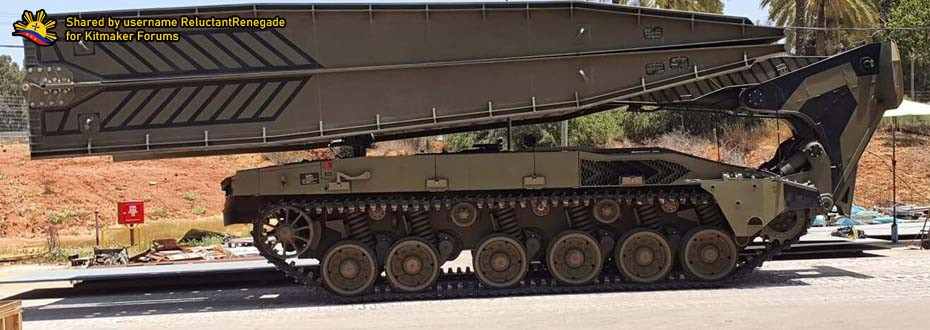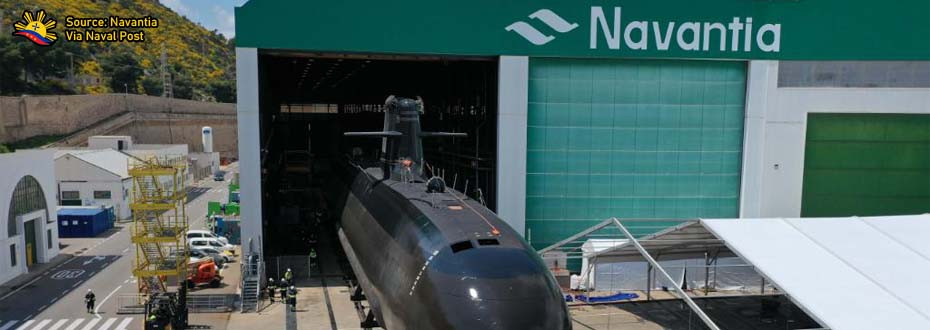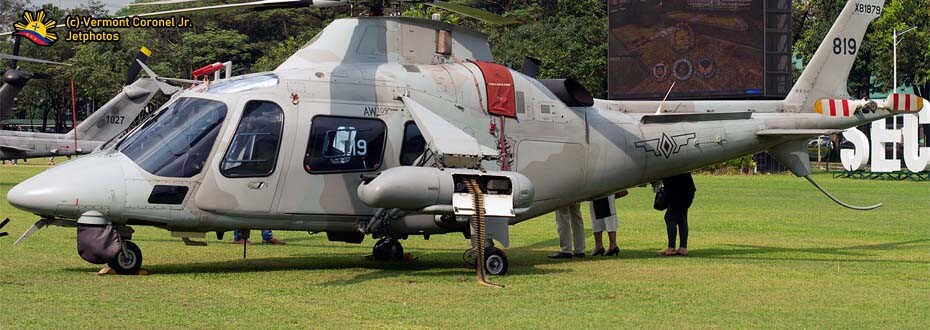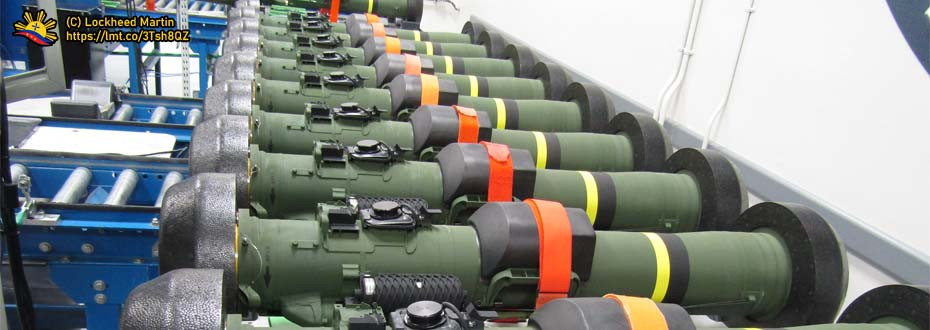INTRODUCTION
 |
| One aspiration of the Philippine Defense Community for the AFP is that for the organization to get a decent air force complete with assets like MRFs and Close-air support aircraft. Photo source. |
A typical plan or program sometimes does not go smoothly as it is intended to be. It comes with unintended issues so as to the compatibility, systematic problems and legalities needed to resolve. And to add it up, let us not forget to factor this very, an important element for a successful military purchasing or maintenance program have to be.
Having the much-needed funds is essential for the military to keep operating and doings its ultimate mandate, which is to defend the entire nation from both external and internal threats. The same things with other entities such as the police force, Government Agencies, Private Companies and so on where expenses are incurring and incentives are gaining, in a sense that it flows to the fundamental so as to how the national economy performs. Requesting of funds for procurement comes with a stringent process, similarly a corporation does its annual Capital Expenditures or CAPEX or Capital Outlay or CO to improve and enhance its operational capabilities.
The complexities of the procurement process or even the financial aspects of it raise the misconception of one particular budget to another, especially to the people who don't understand how the government works and the stringent process it coincides. Such mindsets and knowledge are needed to get clearer to understand the rationale of the steps that deals with military purchases and the components that affect it.
Hence, the armed forces, just like any government agency, rely on the funds that are sourced by the taxpayer's money collected where the justification is there to why funding comes with a stringent of process and sorts with accountability in mind. And with it, there are definitely a lot of things to discuss with regard to this topic alone, from legalities such as taxation to procurement process like bidding.
IN THE NEWS
 |
| The Armed Forces by nature need additional funds to maintain its military assets, personnel and as well as to grow more. Credits to the photo owner. |
The first comes in the news is something that has been felt since the first day of this year. It pertains to the newly passed tax reform law more known as "Tax Reform for Acceleration and Inclusion" or TRAIN. In this article provided by the Philippine Star dated November 2017, Senator Angara apparently said in his statement with the reporters that around 13% of the allocation earned from this tax reform will be given to the AFP Modernization Program.
To add it further, the government-owned news outlet Philippine News Agency (PNA) discloses that the military is to be provided with the "Php 25 Billion" budget for its Modernization Program. To take some note, the budget comes from the GAA or the General Appropriations act wherein it passes budget hearings across the panel until it reaches congress and senate floors where in the end, it will get signed by the President and eventually tasked the Department of Budget and Management (DBM) for disbursement of the funds.
The headlines provided are somewhat tidbits to what lies further into the AFP Modernization Program and the assets that the military are attaining to enhance its capabilities where, there is more than just the general definition on financing or budgeting as well as on legal and technical matters where all of these things are needed to factor out so as to the feasibility and its effectiveness, as well as the accountability of the projects given.
Thus, the understanding about the process works is the prime necessity so as to how military assets are purchased and all of its aspects in which it will be effective to the mandate of the armed forces where in turn, taxpayer's money, in this case, are definitely worth the price. Add to that, this will eliminate any notions of wishlists and the like that are being made by a typical civilian without the deeper knowledge about it except -- the ones that documentaries and movies depicted, in which it is misleading at some sense.
THE BUDGETING LEGALITIES, PROCEDURES, TYPES AND OTHERS
 |
| The Government Budget Process only revolves on the four phases which it repeats annually. |
And by that sense, the Government, in order to do its mandate, needs to provide funding to respective agencies which it was done through the process that is done to appropriate for the next period as well as other ways of funding it. Before tackling it, it is worthy to understand first about the source of government funds in which projects such as those of the Philippine Armed Forces Modernization are derived upon.
Taxation
Being one of the main powers of government (alongside eminent domain and police power), taxation as what "accountants" and "lawyers" say is the lifeblood of the government. The saying bears reality in it considering that with amount of taxes paid, either in the form of excise tax imposed on goods or income tax imposed on individuals, the government in return provides its services which are beneficial to the citizens as well as it sprouts economic growth that eventually improves the way of life in the nation and also, it coincides more funding inflows so that more services will deliver to the people. It definitely goes both ways.
One of the services that the Government delivers pertains to national security which is something the Armed Forces plays its role. And for that to keep in place, it needs to keep funded for its assets to be utilized upon patrolling territories at land, sea and sky as well as salaries and benefits for the soldiers and support services to have and of course, to give way to its growth in a way of modernizing its capabilities which is a necessity now that various threats are arising where the lives of innocent citizens lies at stake.
It was taken once again in the headlines that the Government passed the Tax Reform for Acceleration and Inclusion bill where a senator said that 13% of the tax collected from it will be going to the Armed Forces. However, here is the thing about it:
There is no such thing as 13% allotment or a clause pertaining to it attached in the tax reform bill. The senator's words are simply words coming from his mouth and are not bindable unless such provisions are applied to the bill. As far as this is concerned, it only covers about the price increase on commodities while decreasing the income tax burden to the typical taxpayer. To be honest, there are at times some sense of aggravation when prices of primary necessities are increasing because of this revision on taxation.
See more: ABS-CBN's multimedia article bearing the statistics for the Revised Tax Law.
Since there is no such thing as the so-called 13% allotment, the Government still have its way to have the taxes allocated to its agencies which include the Armed Forces of the Philippines under the arm of the Department of National Defense. The next three things that will be discussed are pertaining more to disbursements. These are The Annual Budget through the General Appropriations Act (GAA), Multi-Year Obligational Authority or MYOA and The Revised AFP Modernization Act Trust Fund.
Annual Budget through the General Appropriations Act (GAA)
 |
| Here are the partial stats with regards to the 2018 National Budget. DND gets a share worth Php 145 Billion. Photo from Rappler. |
Read more: The Budgeting Process, Department of Budget and Management [pdf file]
The GAA is simply part of the larger procedure of the budgeting process that is usually done by the Government where its exercise is critical for the agendas that the administration is achieving which include the Armed Forces Modernization. This is where the government, its agencies and the branches within the military set priority for budgeting ranging from expenditures to procure newer assets for capability enhancement.
Considering that this involves the money that is collected from taxes of the people's earning or through commodities, it is of no surprise that the government is specific in its budgeting cycle in where it revolves in four, essential processes: preparation, legislation/authorization, execution, and accountability. To have an in-depth understanding of these things, have time reading and learning through this document provided by the Office of the Ombudsman.
To put the processes in layman's term based on the provided document, budget preparation pertains to a process where various agencies may prepare their respective budget proposals in line to the parameters and guidelines set by the Department of Budget and Management (DBM) through its Development Budget Coordination Committee which it was based on economic conditions and revenue generated by the government given in a certain period.
This is one way for having the military well-budgeted and to keep weapons procurements rolling alongside boosting troop morale by providing them additional benefits and facilities such as housing which are covered by Annual Appropriations Budget. Aside from this, there is another way of providing funds where this process is usually done for big-ticket asset procurement like the ones under the Modernization Program. That is, the MYOA or the Multi-year Obligations Authority.
Multi-year budgeting through the MYOA
This is another manner that the government budgeted its projects where, given the words alone, gives the general perspective that this includes financing for the project more akin to typical purchases with installment term of payment, only that this will be done upon achieving the milestones varying on the terms agreed by the government and a contractor (either local or foreign) which is written in a contract.
The Multi-Year Obligational Authority or MYOA in the case of the Armed Forces' Modernization program is definitely defined in the Republic Act 10349 or the Revised AFP Modernization Law of 2012 as well as to the original AFP Modernization Law which is the Republic Act 7898 which dated way back President Fidel Ramos's period, in 1995. In these two laws pertaining to modernization, the former provides the Congress seeking appropriation needed for funding multi-year contracts of the military with the certification provided by the office of the President. The latter meanwhile, does not provide the intervention of the President but rather, the Congress will still appropriate the said funding for multi-year contracts with the issuance of multi-year obligatory authority by the DBM serving as its basis to do so.
This concept definitely helped the Armed Forces rolling the Modernization Program where it produced several results, especially in purchasing enormous assets that were once inexistent in the AFP's inventory a decade earlier. Definitely speaking, this goes to the advantage of considering that this relatively saves up time for annual biddings and the cost it corresponds. And add unto that, big-ticket assets may definitely have the guarantee to be purchased where funding is guaranteed upon the milestones stipulated in the contract where the government and the supplier have agreed upon unless unfavorable economic conditions sets in that will set things up into jeopardy.
It is highly appreciated that this concept was improved alongside the lack of capabilities the Armed Forces need to address even at the present date where more big-ticket military items of Horizon 2 slowly comes in. With this concept, it gives the assurance for the Armed Forces for military purchase it needs to improve its capabilities, which further enhances its mandate of protecting national security. There is still one source of funding that the AFP gathers for its modernization process. This is, The Revised AFP Modernization Act Trust Fund.
The Revised AFP Modernization Act Trust Fund (RAFPMPA-TF)
 |
| From a military base to a district full of skyscrapers, this is what Fort Bonifacio is today. Source: HarryLeaks |
The source of the funding is akin to the R.A. 7898 provisions where it involves the sale, lease or joint development of military reservations which it resulted back then in the nineties where the land Fort Bonifacio once stands was sold to investors which eventually became what is now "Bonifacio Global City" in Taguig.
It was known once again in a news last year that President Rodrigo Duterte wanted to lease Fort Aguinaldo in order to raise funds for the AFP personnel benefits that will boost their morale as well as for the AFP Modernization Program. Although there are no updates after the said news report, it may still have the funds directed to the trust fund should these proposals have pushed through. Add to these is the presently "uncertain" EDCA or Enhanced Defense Cooperation Agreement with the United States wherein several military bases will cater to U.S. Forces at the term of 10 years. The said agreement, if followed up on, is in line to the Modernization trust fund on the premise of joint development of military installations - except that there will be no monetary transactions taking place except for both the US and the Philippines funding and building facilities wherein the end of the term will be turn-over to the AFP.
Going back to the so-called plan of leasing Fort Aguinaldo to the investors last year, this may come as not the first time that took place in the said military installation wherein 2006 there was the same plan for selling the portion of the land of the military base in which it was almost put to the situation as those of Fort Bonifacio 11 years earlier. Just to take note, there isn't as much as modernization progress at that period unlike what the military is experiencing at present.
Hence, this trust fund is somewhat a supportive effort supplanted by the Revised AFP Modernization Fund where, alongside GAA and MYOA, this source of fund definitely helps the Armed Forces keep its growth through numerous weapons projects rolling.
MODERNIZATION BUDGET FOR HORIZON 2 - UPDATES
See More: Horizon 2 and the Budget Obstacle
Let us take note once again that the year 2018 symbolizes the end of the First Horizon of the Revised AFP Modernization Program and the start of the Second Horizon which obtains a bulk of big-ticket military projects larger than its predecessor.
Once again, this year's budget allocation for the Modernization Program has definitely amounted to Php 25 Billion of what is apparently given by source like on this link wherein the whole amount allocated for the whole Horizon is at around Php 150 Billion where, if calculated, gives us a fixed amount of 25 Billion Pesos per year considering that one horizon spans at five years as well as seeing it allocated among the branches of the AFP at around Php 50 Billion each.
The amount allocated is definitely not enough to have considering that the number of Horizon 2 projects requires an amount of funding larger than what is presently allocated in order for the procurement proposals under the period push through. Apparently speaking, the Department of National Defense seeks at around Php 500 Billion budget for these big-ticket projects to materialize and eventually to purchase military assets AFP needs which it further enhances the capability of the Armed Forces more than what Horizon 1 has to offer. With such a budget in place, there will be chances that the armed forces may change its procurement line-up in conformity to the resources that have only provided. In order for us to understand as to the inefficiency of the budget, let us have this graph provided in the Philippine Air Force Flight Plan 2028 presentation.
 |
| A single branch alone needed such kind of amount like this in order to attain its costs. |
Those things are a bit disappointing to feel or to see should those things turned out unfavorable. But then again, it is still very early to judge things out especially with the budget considering that we are still in the first month of the first five years of Horizon 2. And with that, there are still chances that plans can still get carry out as it is intended to be. All that it takes is sheer optimism, combined with prayers enshrined with hopes, dreams, and aspirations that things will turn out well.
CONCLUSION AND THINGS ON THE JOURNEY AHEAD
The Armed Forces of the Philippines is embarking on a new horizon which in it comes to an enhanced shopping spree of weapons that surpasses that of more of the first horizon. The government policies on taxation as well as on budget appropriations, together with the plans and decisions made by high-ranking officials, play the role of making procurement plans a reality.
There really are times that planning and procurement programs encounter with the problem, especially on matters that are needed to supplant it, such as funding. Apparently speaking, taxation reforms like the TRAIN and the economic growth of the nation at around 6.5 to 7.0% may eventually have its way to the AFP Modernization procurement projects especially the ambitious, big-ticket ones should more funding may get approved by the Congress with the justification of defending national sovereignty as the horizon timeline passes by. So far as those are concerned, the Defense Department at present will its share wherein the plans to buy attack helicopters, light tanks, upgrading armored personnel carriers like the M-113 and military personnel benefits alongside assets that are already purchased and was proven their worth within the Armed Forces.
At the start of this horizon, there is the dream and hope that most, if not all the projects covered in this period will turn itself into reality which for sure, morale within the ranks will boost a bit further as well as urging other aspirants to serve for the nation either for civilian or military career. Shall these plans go smoothly as it goes without a hitch, we may eventually say that people's taxes and military planners's sweat and determination are indeed paid, and definitely worth it.








